The project uses an Arduino UNO to sense our victim with a PIR sensor. Once they have been detected a small DC motor with a spool of cotton unwinds to deploy our spider. A microswitch keeps a check on our spider to make sure it doesn't get too carried away.
The project has STLs if you have access to a 3D printer or templates for cutting out on wood or a laser template for laser cutting.
If you are new to Arduino this is the perfect project to build something and see a practical outcome.
All the code is included and the parts should be readily available throughout the world.
 jasonwinfieldnz
jasonwinfieldnz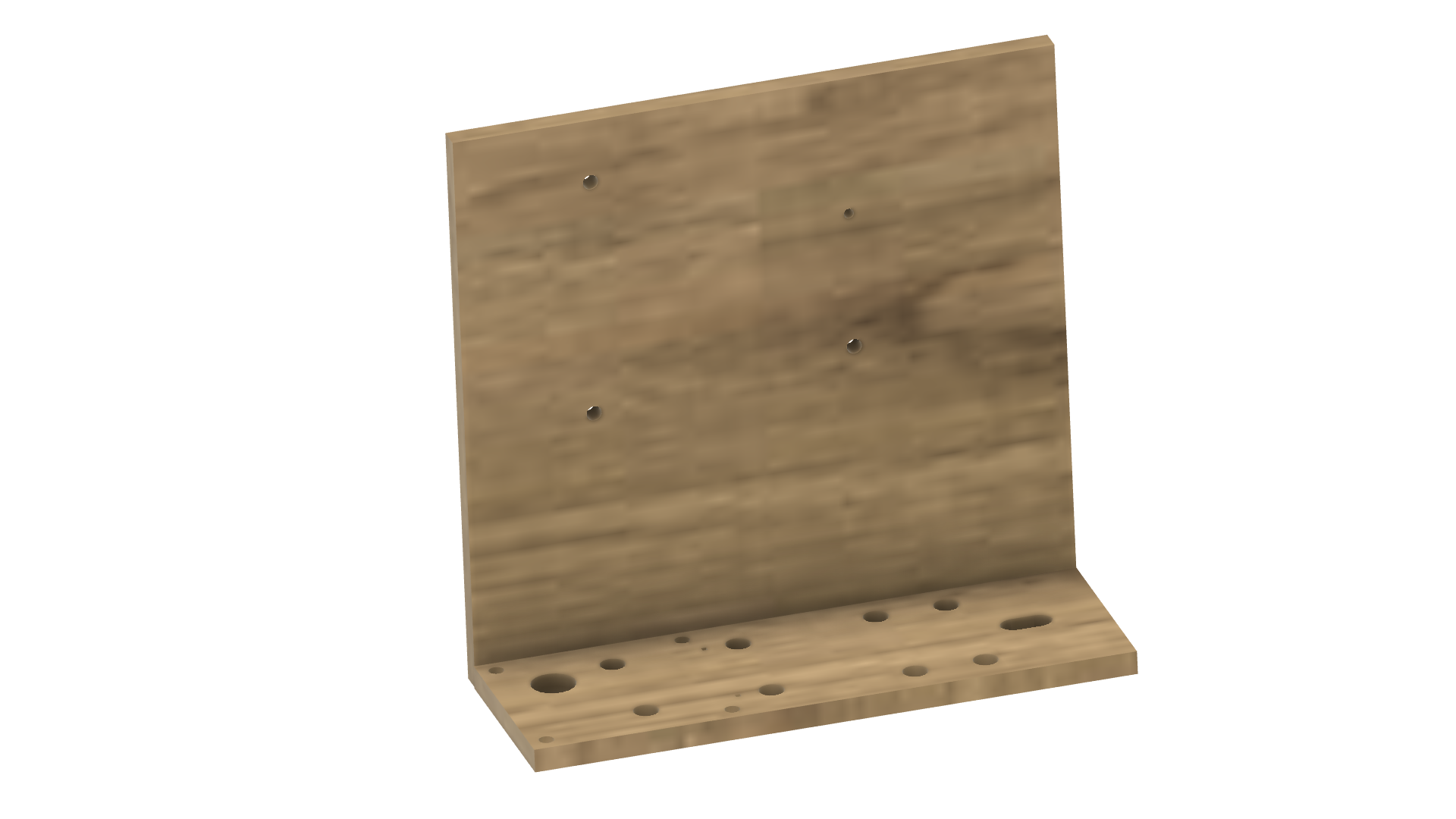
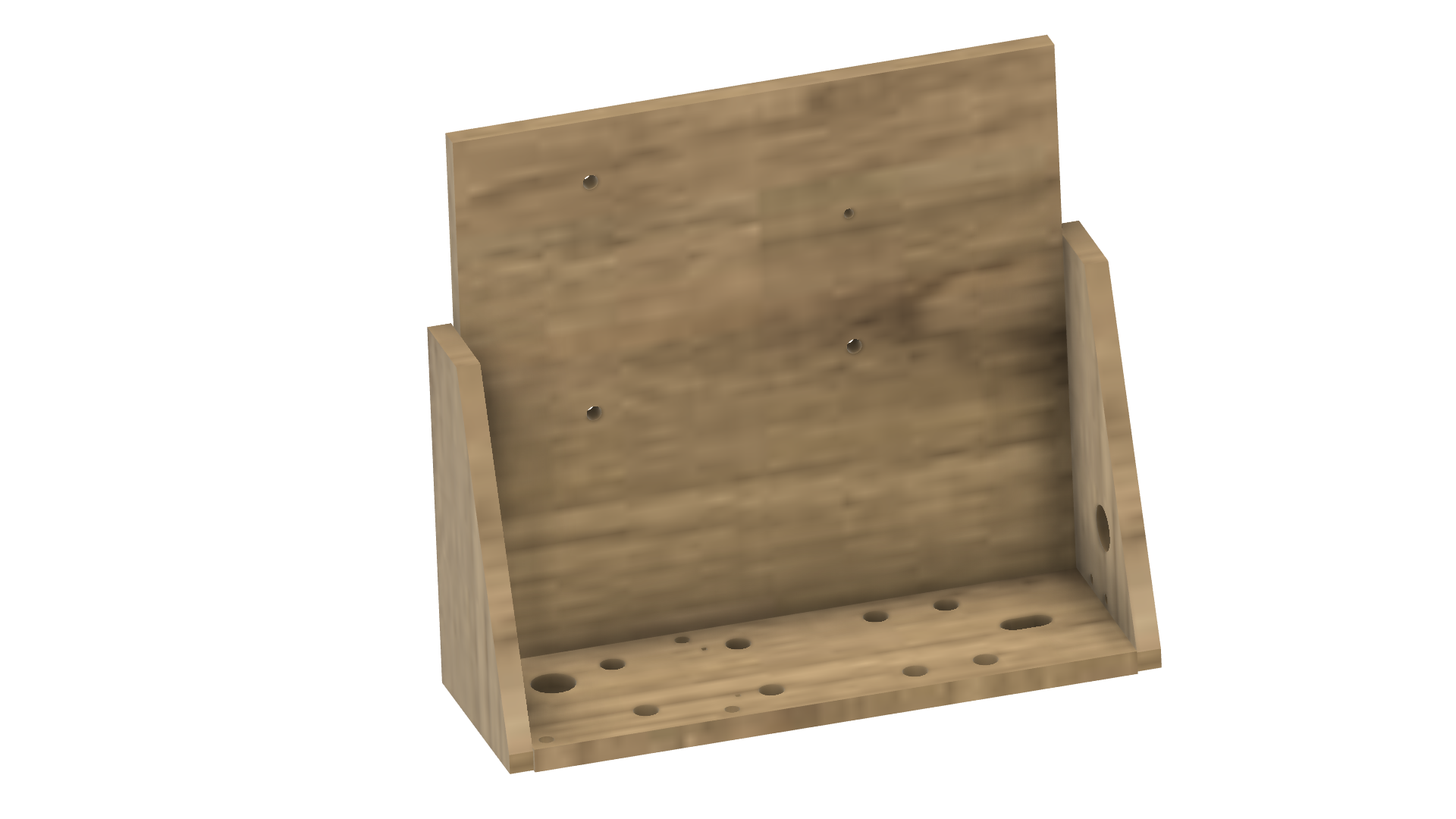
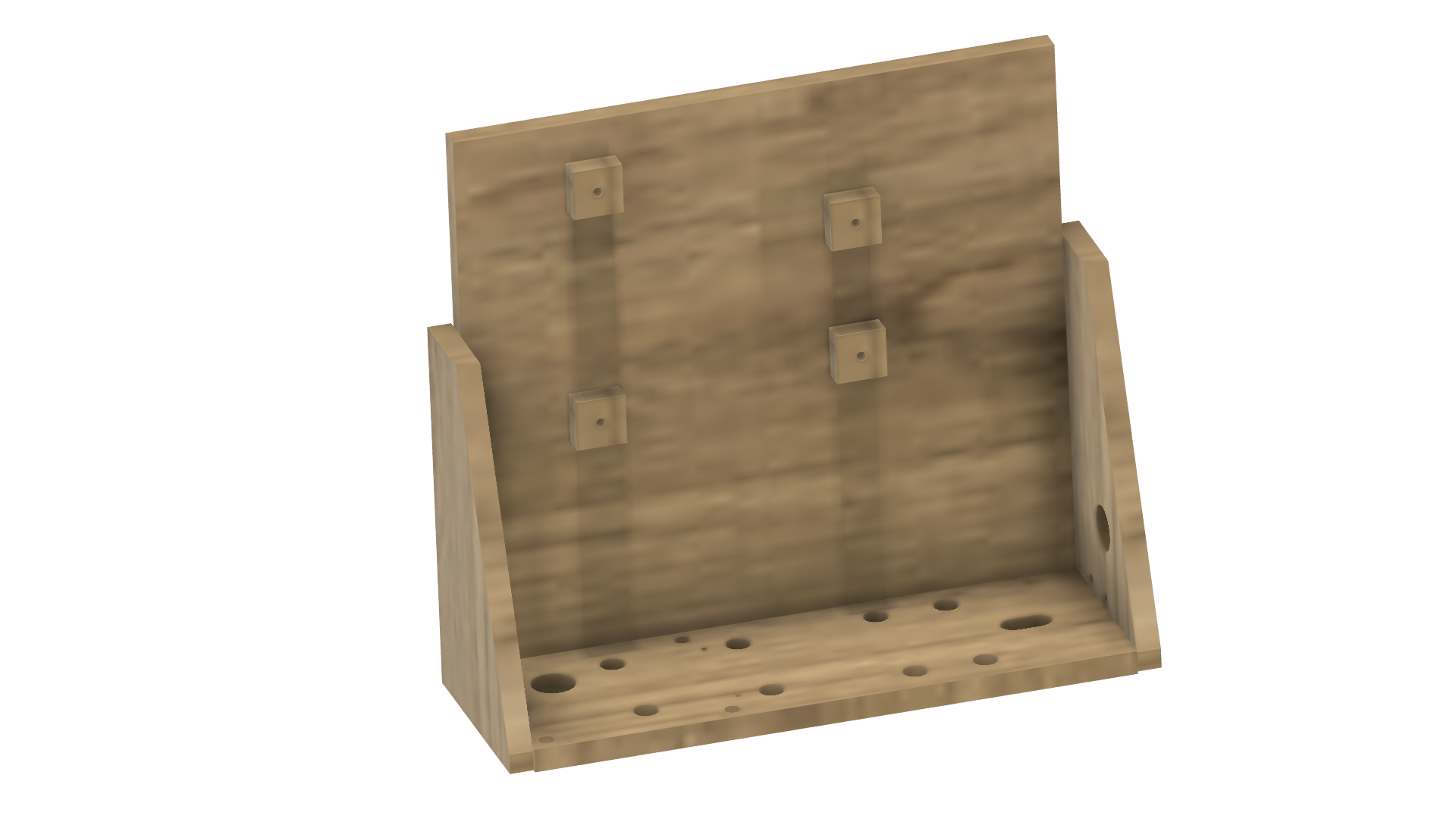
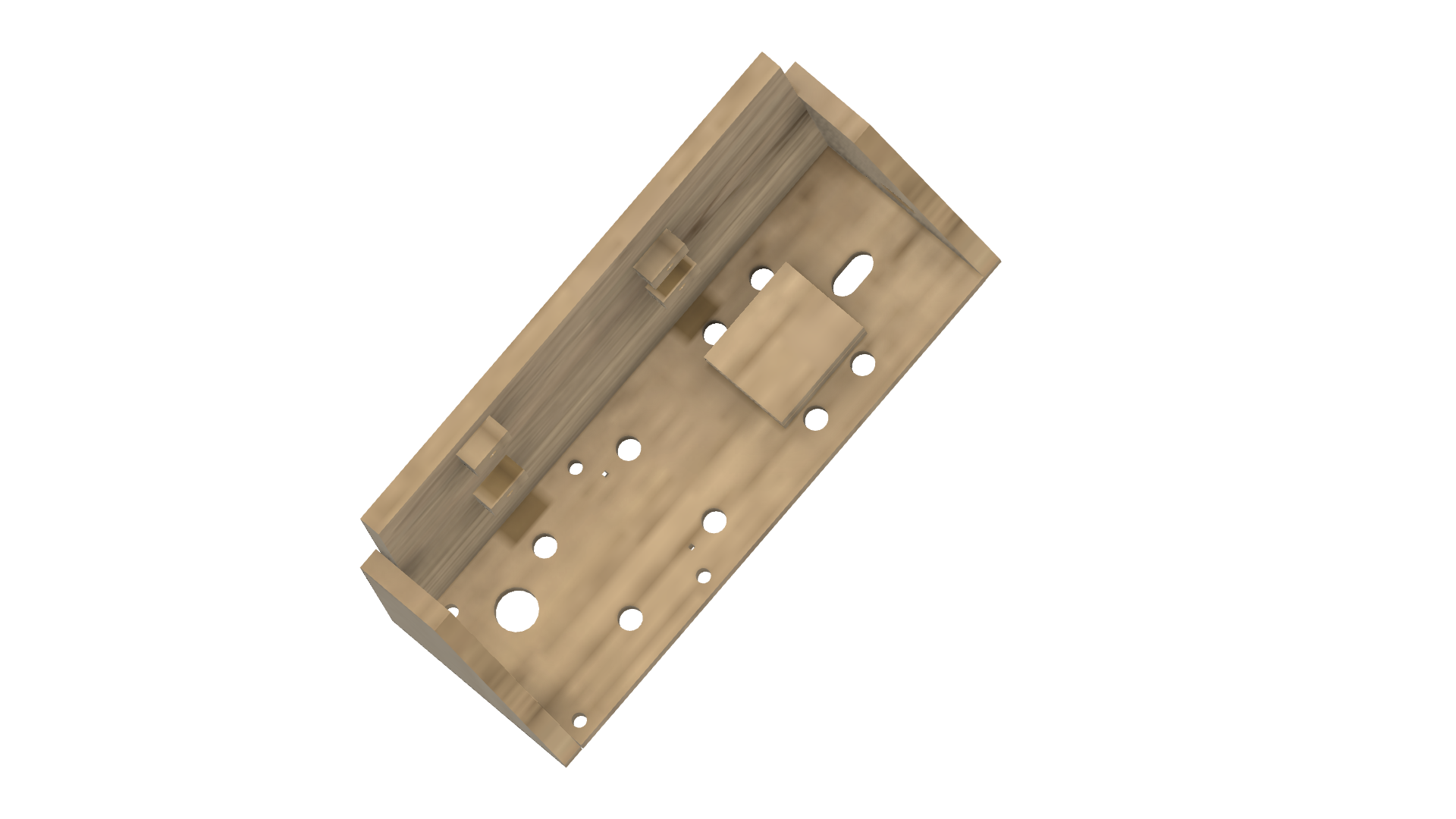
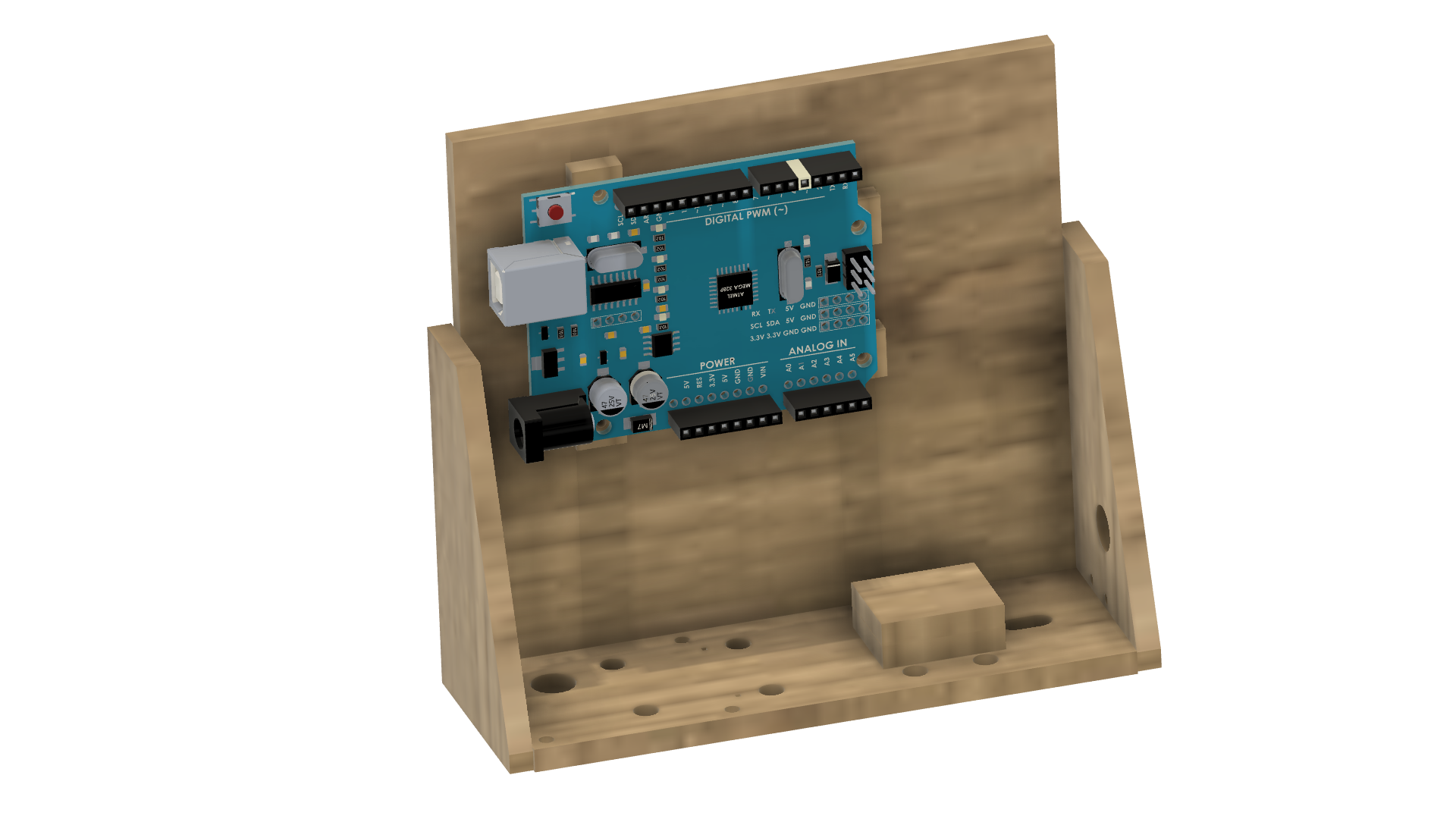
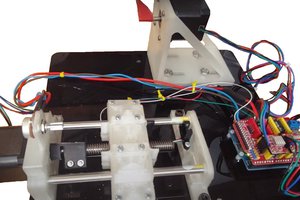
 TheMixedSignal
TheMixedSignal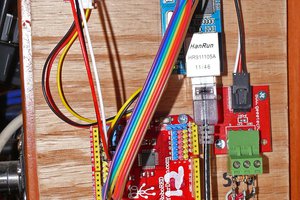
 Terry King
Terry King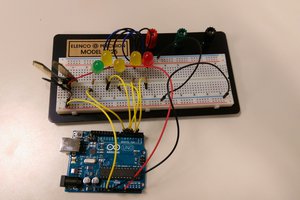

 dawson
dawson